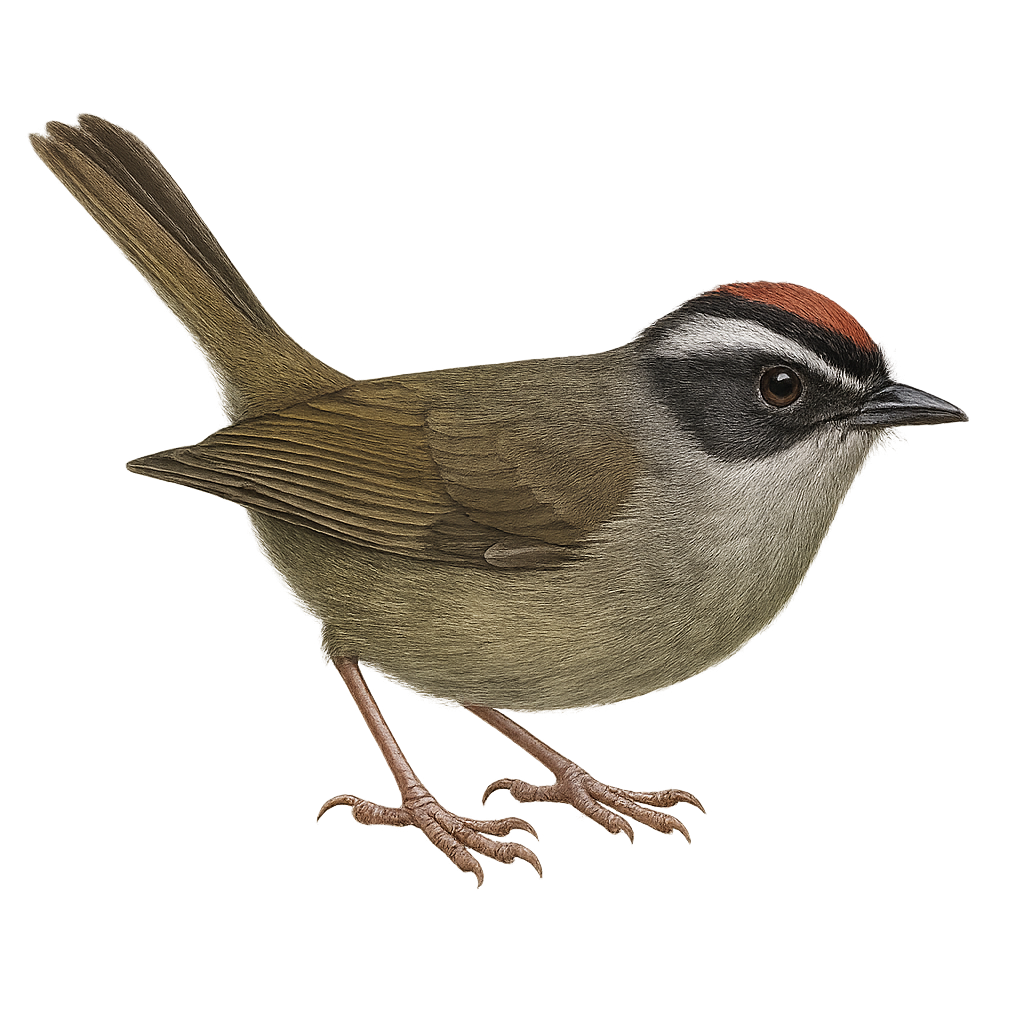Your wildlife photography guide.
Explore the black-cheeked warbler in detail, study its behavior, prepare your shots.
Where to observe and photograph the black-cheeked warbler in the wild
Learn where and when to spot the black-cheeked warbler in the wild, how to identify the species based on distinctive features, and what natural environments it inhabits. The WildlifePhotographer app offers tailored photography tips that reflect the black-cheeked warbler’s behavior, helping you capture better wildlife images. Explore the full species profile for key information including description, habitat, active periods, and approach techniques.
Black-cheeked Warbler
Scientific name: Basileuterus melanogenys

IUCN Status: Least Concern
Family: PARULIDAE
Group: Birds
Sensitivity to human approach: Suspicious
Minimum approach distance: 5 m
Courtship display: March to May
Incubation: 12-14 jours
Hatchings: March to June
Habitat:
humid forests, montane forests, dense undergrowth
Activity period :
Primarily active during the day, with peak activity in the morning and late afternoon.
Identification and description:
The Black-cheeked Warbler is a small songbird from the Parulidae family, primarily found in the humid montane forests of Central America, especially in Costa Rica and Panama. Its plumage is marked by a distinctive black cap, contrasting with white cheeks and an olive back. It measures about 12 cm in length and weighs between 9 and 12 grams. This bird is often seen in pairs or small groups, feeding on insects and spiders found in dense foliage. Although its habitat is relatively limited, it is not considered threatened due to the preservation of its forested areas.
Recommended lens:
400 mm – adjust based on distance, desired framing (portrait or habitat), and approach conditions.
Photography tips:
To photograph the Black-cheeked Warbler, focus on dense undergrowth areas where it feeds. Use a 400mm lens or longer to capture detailed images without disturbing the bird. Be patient and discreet, as this bird can be suspicious. The best times to observe it are early morning or late afternoon when activity is highest. Take advantage of the soft light during these times for well-lit shots.
The WildlifePhotographer App is coming soon!
Be the first to explore the best nature spots, track rutting seasons, log your observations, and observe more wildlife.
Already 1 439 wildlife lovers subscribed worldwide

